Introduction
Coconut shavings, often referred to as coconut flakes or desiccated coconut, are a versatile and popular ingredient in various culinary traditions worldwide. From sweet treats like macaroons and cookies to savory dishes incorporating coconut rice and curries, coconut shavings enhance the flavor, texture, and nutritional profile of numerous dishes. However, many people remain curious about the origins and production process of this delightful food item. This article aims to provide a comprehensive understanding of what coconut shavings are made of, exploring their sources, production methods, nutritional benefits, culinary uses, and potential health considerations.

Origins of Coconut Shavings
To understand coconut shavings, we must first delve into the coconut itself. The coconut (Cocos nucifera) is a large, tropical fruit that grows on coconut palms, primarily found in coastal regions of tropical and subtropical climates. These palms are an integral part of the ecosystems of regions such as Southeast Asia, the Pacific Islands, the Caribbean, and parts of Africa and South America.
The coconut fruit is enclosed in a fibrous husk and a hard, brown outer shell. Inside, the coconut contains a clear, edible liquid known as coconut water and a white, fleshy inner layer called coconut meat. This meat is the primary source of coconut shavings.
Production of Coconut Shavings
The production of coconut shavings involves several steps, from harvesting the coconuts to processing them into the familiar flakes. Here’s a detailed breakdown of the process:
-
Harvesting the Coconuts
Harvesting typically occurs when the coconuts are fully mature, indicated by their brown, hard shells. This can be done either by climbing the coconut palm and manually cutting the coconuts or using mechanical harvesters for larger-scale operations. Once harvested, the coconuts are gathered and prepared for processing.
-
Husking and Shell Removal
The first step in processing is to remove the fibrous husk and the hard outer shell. This can be done manually with tools like knives and hammers or through mechanized processes that use machines to strip and crack open the coconuts. Once the shell is removed, the coconut meat is exposed.
-
Extracting the Coconut Meat
The coconut meat is then extracted from the shell. This can be done by hand, using a spoon or similar tool to scoop out the meat, or through mechanized methods that use blades or presses to separate the meat from the shell. The extracted meat is then ready for further processing into coconut shavings.
-
Desiccation and Shaving
The fresh coconut meat contains a high moisture content, which needs to be reduced to create coconut shavings. This is done through a process called desiccation, which involves drying the meat to remove excess moisture. Desiccation can be achieved naturally by sun-drying the meat or through artificial methods using ovens or dryers.
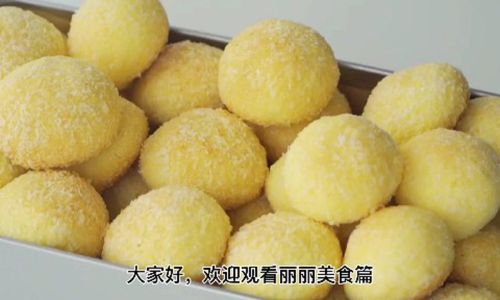
Once the meat is sufficiently dried, it is then shaved or flaked into the familiar pieces known as coconut shavings. This can be done using machines that grate or slice the dried meat into thin flakes. The resulting coconut shavings are then sorted, packaged, and distributed for use in various culinary applications.
Types of Coconut Shavings
Coconut shavings can vary in texture, moisture content, and sweetness, depending on the production method and the type of coconut used. Here are some common types of coconut shavings:
-
Desiccated Coconut
Desiccated coconut is the most common type of coconut shavings. It is produced by drying fresh coconut meat until it is almost completely devoid of moisture, resulting in a fine, flaky texture. Desiccated coconut is often used in baking and cooking due to its long shelf life and ability to absorb flavors.
-
Shredded Coconut
Shredded coconut is similar to desiccated coconut but has a slightly coarser texture. It is produced by grating dried coconut meat into larger flakes. Shredded coconut is popular in recipes that require a chunkier texture, such as coconut cakes and cookies.
-
Sweetened Coconut
Sweetened coconut is desiccated or shredded coconut that has been infused with sugar or other sweeteners. This type of coconut shavings is often used in desserts and sweet dishes due to its added sweetness and caramelized flavor.
-
Unsweetened Coconut
Unsweetened coconut, also known as plain coconut shavings, is produced without any added sugar or sweeteners. It retains the natural flavor and sweetness of the coconut meat, making it a versatile ingredient for both sweet and savory dishes.
Nutritional Benefits of Coconut Shavings
Coconut shavings offer a range of nutritional benefits, making them a valuable addition to a balanced diet. Here are some of the key nutrients found in coconut shavings:
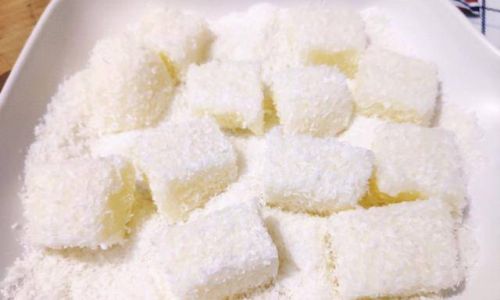
-
Healthy Fats
Coconut shavings are rich in medium-chain triglycerides (MCTs), a type of saturated fat that has been shown to have various health benefits. MCTs are easily digested and metabolized by the body, providing a quick source of energy and potentially aiding in weight loss and improved metabolic health.
-
Fiber
Coconut shavings contain dietary fiber, which is essential for maintaining digestive health. Fiber helps to bulk up stool, promote regular bowel movements, and reduce the risk of constipation and other digestive issues.
-
Protein
Coconut shavings are a good source of plant-based protein, making them a suitable option for vegetarians and vegans. Protein is essential for building and maintaining muscle mass, as well as supporting various bodily functions.
-
Minerals and Vitamins
Coconut shavings contain a range of essential minerals and vitamins, including potassium, magnesium, iron, and vitamins C and E. These nutrients play crucial roles in maintaining overall health, supporting immune function, and promoting skin and hair health.
Culinary Uses of Coconut Shavings
Coconut shavings are a versatile ingredient that can be used in a wide range of culinary applications. Here are some popular ways to incorporate coconut shavings into your diet:
-
Baking
Coconut shavings are a popular addition to baked goods such as cookies, cakes, and muffins. They add a delicious coconut flavor and a delightful crunchy texture to these treats.
-
Desserts
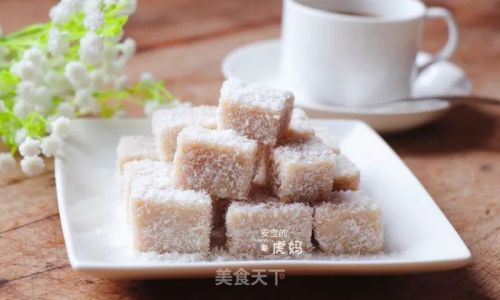
Coconut shavings are a staple ingredient in many desserts, including macaroons, coconut cream pies, and tropical fruit salads. They can also be used as a topping for ice cream, yogurt, and other sweet dishes.
-
Savory Dishes
While coconut shavings are often associated with sweet dishes, they can also be used in savory applications. For example, they can be added to coconut rice, curries, and stir-fries to enhance flavor and texture.
-
Beverages
Coconut shavings can be used to garnish tropical drinks such as piña coladas and mai tais. They can also be blended into smoothies and shakes for a creamy, coconut-flavored treat.
Potential Health Considerations
While coconut shavings offer numerous health benefits, it’s important to consume them in moderation, especially if you’re watching your calorie intake or trying to manage your cholesterol levels. Coconut shavings are high in calories and saturated fat, so overconsumption can lead to weight gain and potentially increase the risk of heart disease.
Additionally, some people may be allergic to coconut or have sensitivities to its components. If you’re unsure about your tolerance to coconut, it’s best to consult with a healthcare provider before incorporating coconut shavings into your diet.
Conclusion
Coconut shavings are a delightful and nutritious ingredient that can enhance the flavor, texture, and nutritional profile of numerous dishes. By understanding their origins, production methods, nutritional benefits, and culinary uses, you can make informed decisions about incorporating coconut shavings into your diet. Remember to consume them in moderation and pay attention to any potential health considerations to ensure that you’re making the most of this versatile food item.
In summary, coconut shavings are made from the dried and flaked meat of the coconut fruit. They offer a range of health benefits, including healthy fats, fiber, protein, and essential minerals and vitamins. With their versatility in both sweet and savory dishes, coconut shavings are a valuable addition to any culinary repertoire. So, the next time you’re baking a batch of cookies or preparing a tropical fruit salad, consider adding a handful of coconut shavings to elevate your dish to new heights of flavor and nutrition.
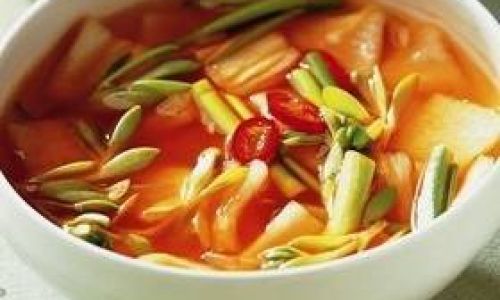
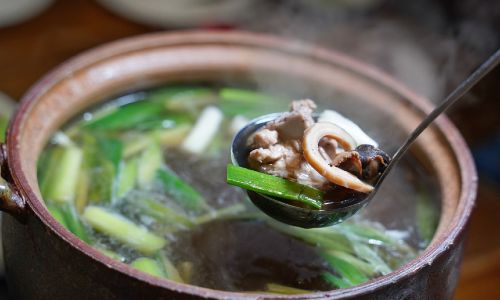
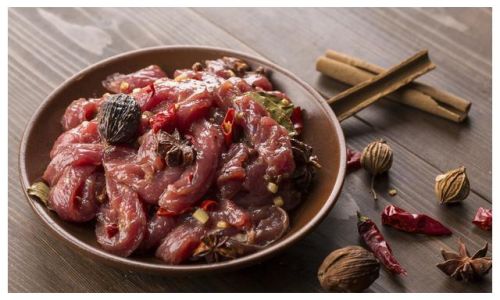
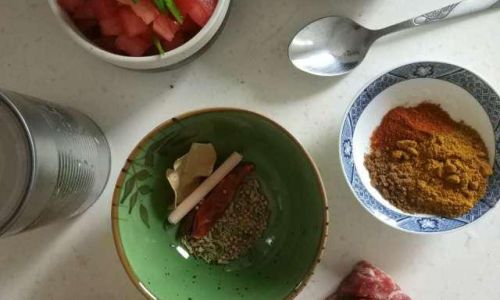
0 comments